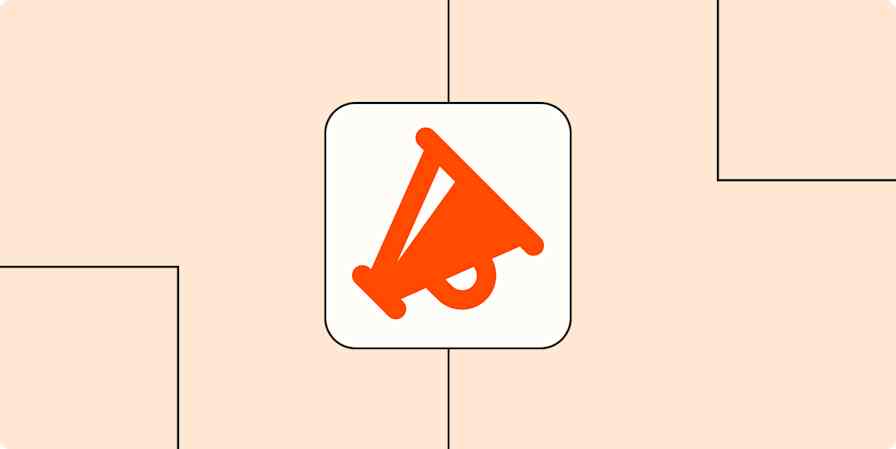Business tips
4 min read4 steps to establishing your brand personality
By Vanessa Santos · April 27, 2021

Get productivity tips delivered straight to your inbox
We’ll email you 1-3 times per week—and never share your information.
Related articles
Improve your productivity automatically. Use Zapier to get your apps working together.









